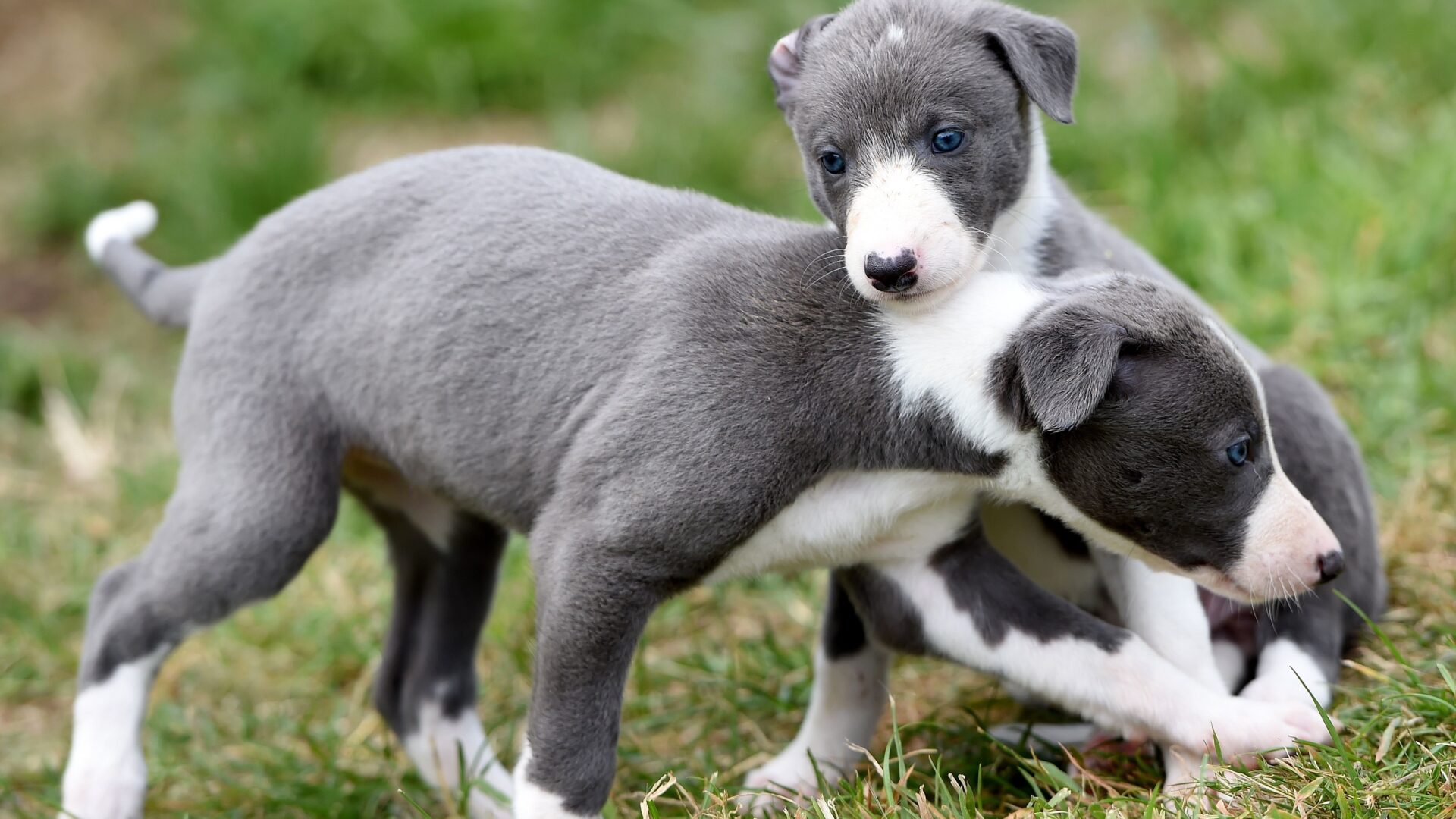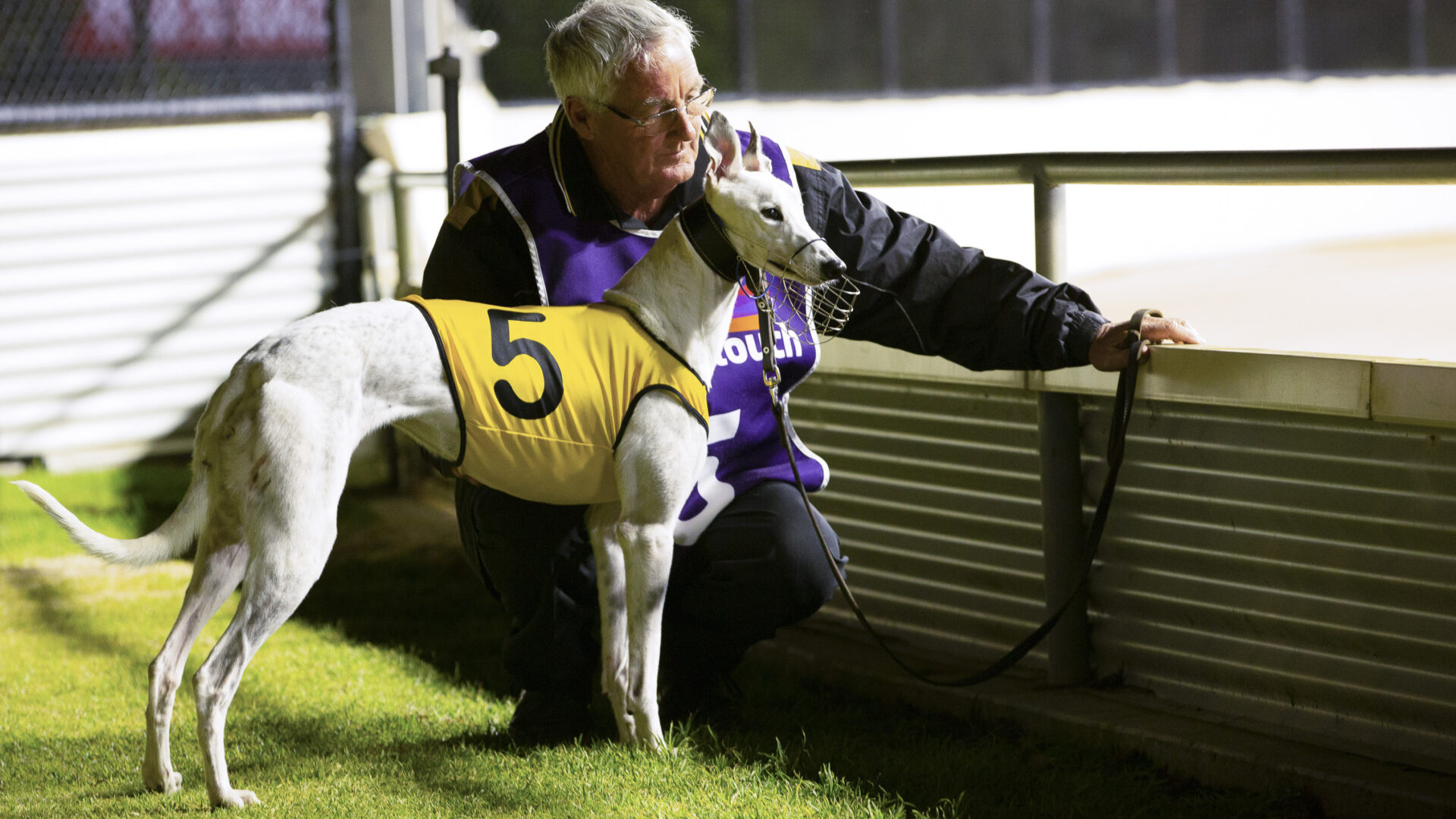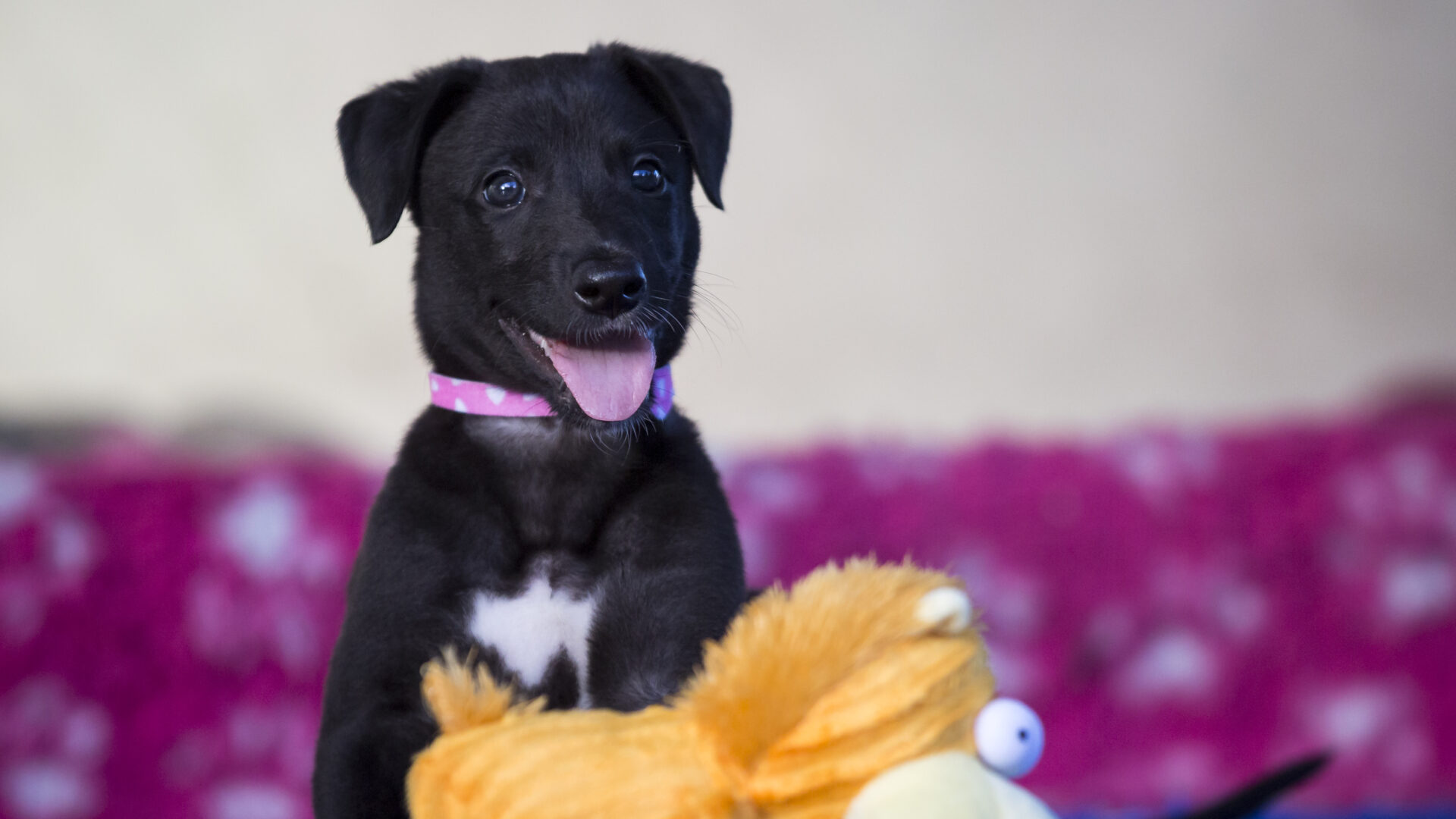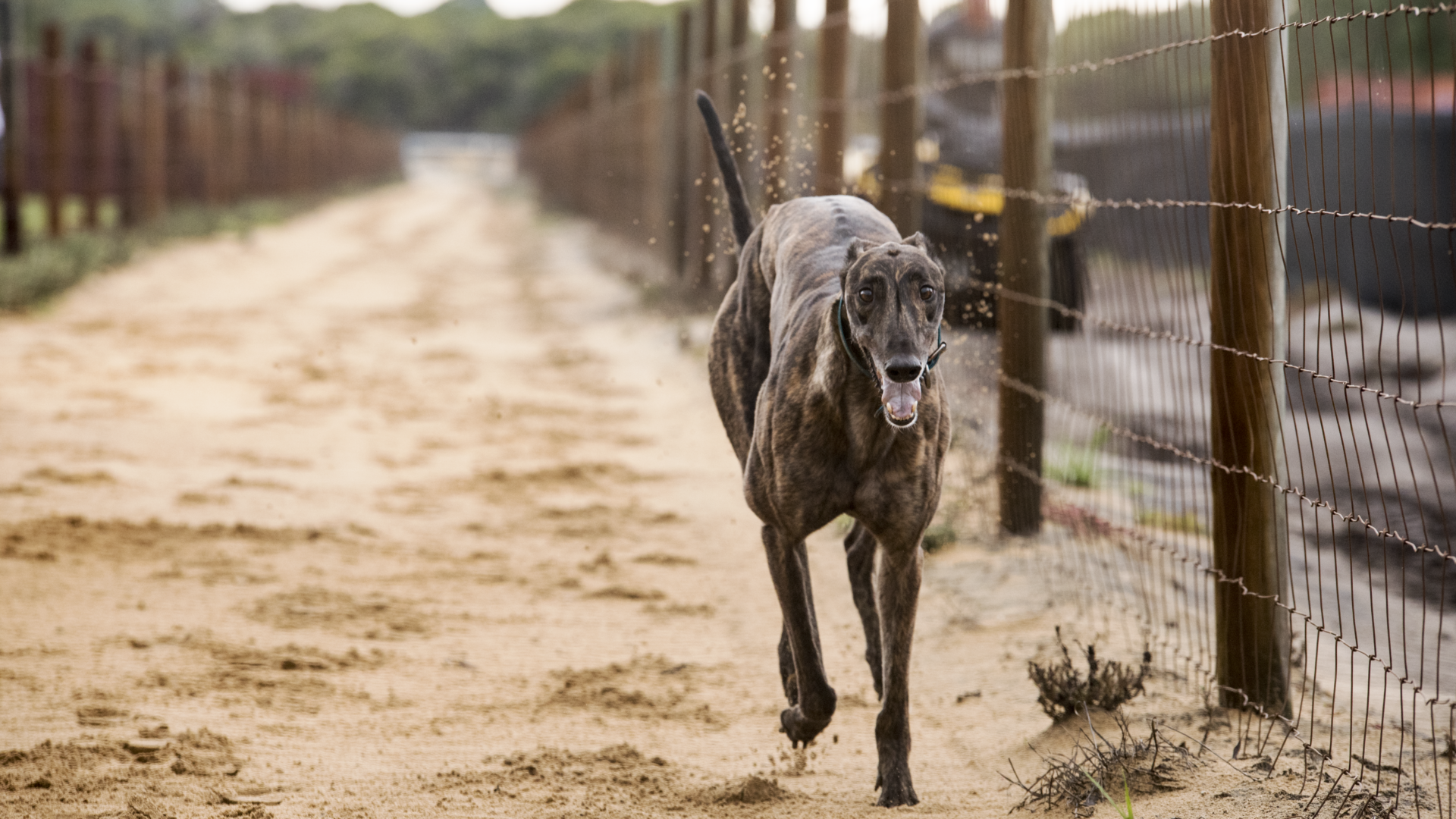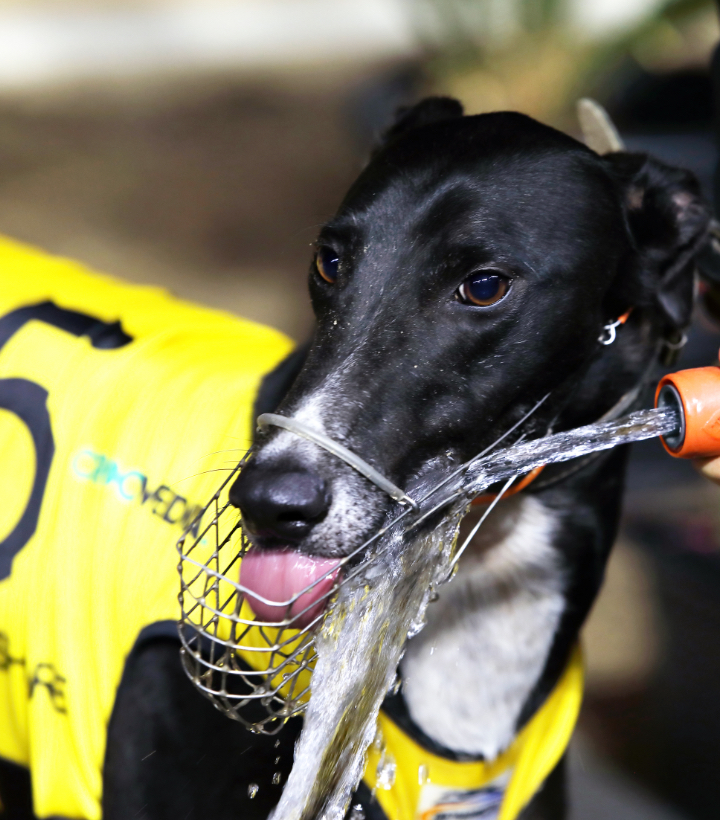Where to source a greyhound
Sounds obvious, but in order to buy into a Greyhound, you need… a Greyhound, of course! There are many ways to get involved, and you can talk to any of these people, and they’ll be able to help you out.
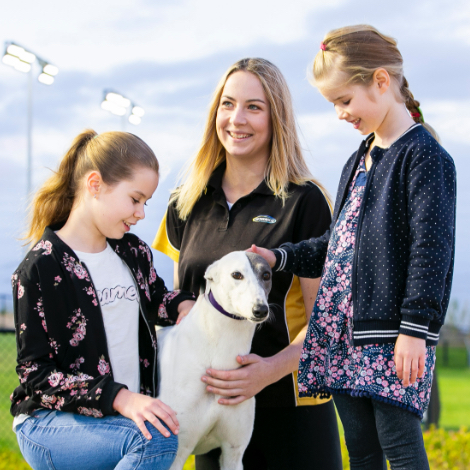
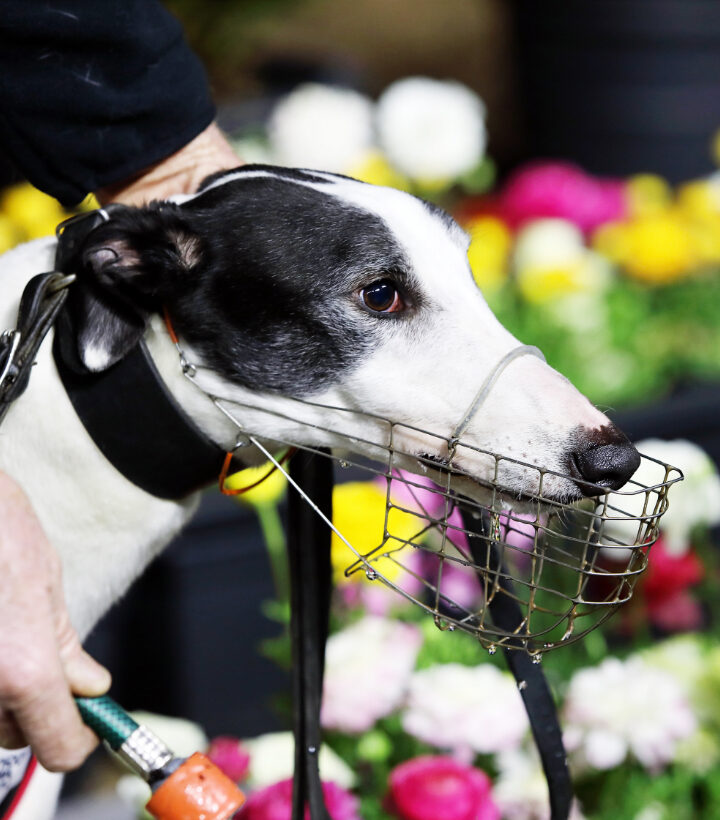
Your very own Greyhound
What to look for
A good start when buying a puppy is identifying proven bloodlines (pedigrees) and progeny from successful racetrack performers. Invariably breeders will utilise a well-credentialed sire (father) to mate with their dam (female) where their progeny is expected to produce Group racetrack performers on a consistent basis. Whilst most sires are domiciled in Victoria and New South Wales, their straws are most often stored in approved veterinary practices ready for insemination in all states including here in the West.
When deciding what pup to buy, it is advisable to check its pedigree, do your research on the success of past litters and/or racetrack performances and compare value for money against other pups that are for sale at the time.
As for what colour to choose or whether it is a male or female is entirely up to you. It really does not make any difference other than for gender specific feature races such as Derby (males only) and Oaks (females only).
A win and/or placings within the past few months and exhibiting a continuity of starts without long absences from the track are other indicators that the dog is sound and without longer term injury concerns.
When buying a performed Greyhound, a very sensible and popular strategy is to select your trainer before you select your dog. A 50/50 agreement sees the trainer “invested” in the choice of greyhound as the only payment they will receive is half the stake money it earns. It’s in their best interest to help you buy the best Greyhound available.
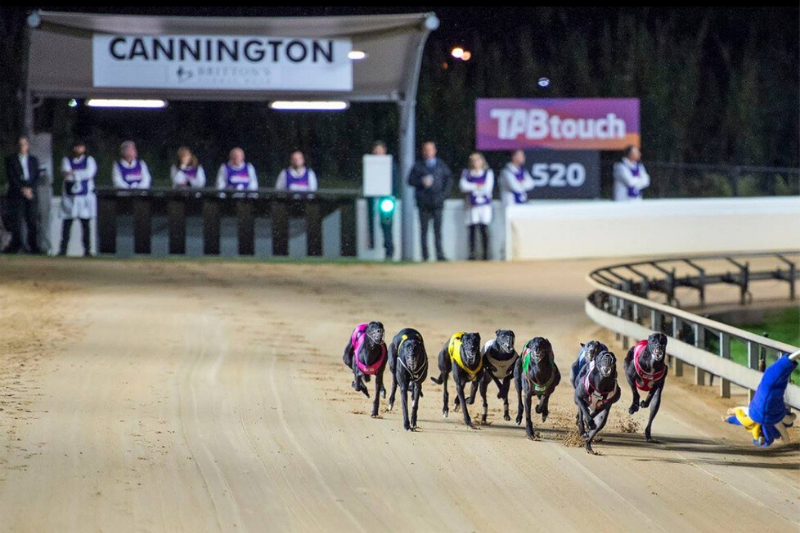
Greyhound Tips
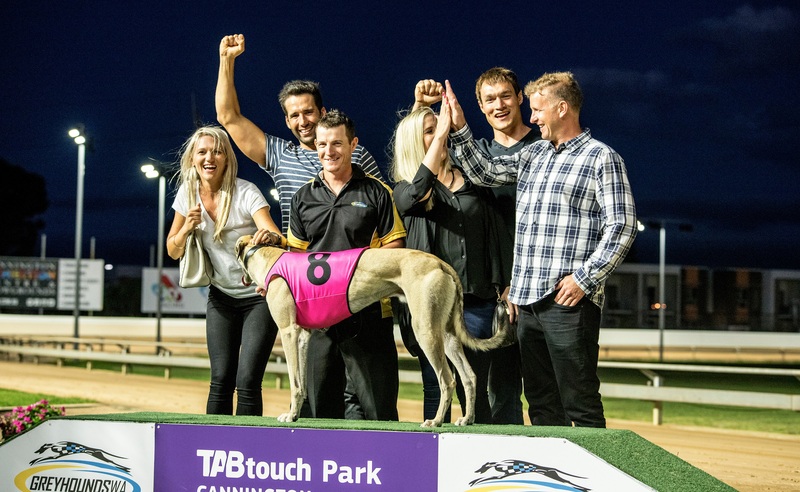
If buying a performed Greyhound, a popular strategy is to select your trainer before you select your dog. A trainer will be able to provide you with expert advice and help you pick the best Greyhound available.
The great Greyhound journey
Naming your Greyhound
Naming your Greyhound can be an existing process and one that will be shown on television screens nationally and internationally, as well as race books, newspapers, and other media outlets!
That said, there are several common-sense rules by which you have to abide:
-
- It can’t be the same (or sound the same) as an existing Greyhound
- It can’t be any more than 16 characters long, inclusive of spaces and apostrophes
- It can’t include any offensive material, so no expletives or those that sound like it
- It can’t be stolen from someone else, such as a famous brand or celebrity name
- It may be rejected if it is too difficult to pronounce
To be safe, visit the Greyhound Recorder and type in your name in the availability search. The Greyhound Name Search should be used as a guide only. Even if a name shows as available, this is not a guarantee the name will be approved when submitted.

